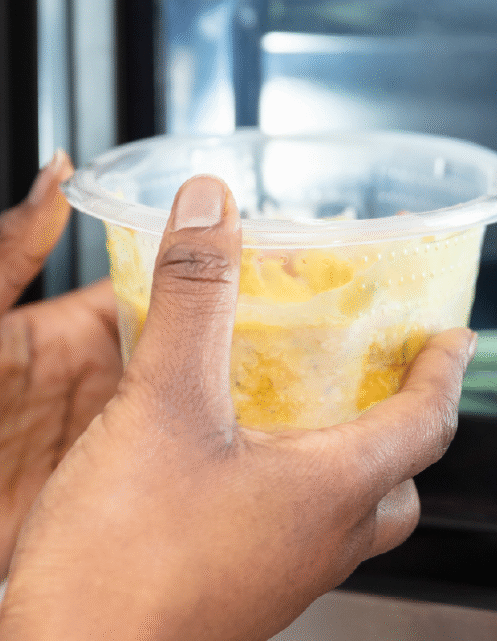
Considerations for heat-in-the-pack packaging
May 29, 2025Driven by sustained demand for ready meals to eat at home and fast food applications at airports, cafes and restaurants – packaging is increasingly used directly for the purpose of cooking or reheating food.
Commercial applications place particular performance demands upon the packaging because these ovens often use a combination of microwave, conventional oven, and hot air impingement technology.
Exposure times are short, but temperatures can be hotter than ordinary domestic ovens, often above 280°C.
The Legislation
There is no specific harmonized EU legislation for heat-in-the-pack packaging, or indeed for many packaging materials such as printing inks or paper. However, there is national legislation and guidance covering many material types and food applications, as well as EU legislation on some material types such as plastics and ceramics.
There is also the EU framework regulation (Regulation (EC) No 1935/2004) which covers all food packaging material types, as well as Regulation (EU) No 10/2011, which sets out the specific measures relating to plastics.
It can often be assumed that the temperature of the food packaging will not reach that of the oven because of the presence of water and the thermal mass of the food. This however may not always be true and amendments to the plastics regulation (Regulation (EU) No 10/2011) testing temperature requirements reflect this. In general, microwave heating is usually less severe than conventional ovens as temperatures are often limited by the presence of water. However surface fats or sugars can significantly raise the packaging and food interface temperature.
The rate of migration of packaging components often doubles for every 10°C rise in temperature. This means that testing at the maximum temperature of foreseeable use is critical. There are no polymers available that may be assumed to be fully functional barriers to migration at typical conventional oven temperatures of 180°C and above. Therefore, heat in the pack applications usually require components and materials specially formulated for oven use and expert testing to ensure compliance and performance.
Performance Requirements
There are a number of performance requirements that have to be met in order to ensure the safety of cook-in-the-pack food packaging.
- After cooking, the packaging must remain intact and not result in small pieces transferring into the food (in compliance with Article 3 of Regulation (EC) No 1935/2004).
- The color and appearance of the packaging must remain similar to the unheated packaging.
- Polymer layers may require a heat seal food contact layer which must be suitable for high temperatures and not darken or discolor during heating.
- The ink colors should not change (e.g., fade or blacken), as this suggests a chemical change that may raise concerns about toxicity and migration into food.
- Inks, coatings, and polymer layers should not melt or stick to other oven surfaces.
- No fumes or volatile compounds should be released that could transfer to other foods or be inhaled.
Considerations
- Ink pigments: Few are suitable for heat-in-the-pack applications above 180°C. Many pigments degrade thermally, generating compounds that may migrate at concerning levels.
- Adhesion promoters in inks must be carefully chosen.
- Ink pigment chemistries should be known and analyzed at expected temperatures.
- Testing should be robust to detect thermal degradation products and potential reactions with food compounds (e.g., nitrosamines from nitrocellulose inks and amines).
Recommendations
Smithers recommends the following:
- Where possible, sandwich inks between polymer layers or apply a heat-resistant coating to the non-food contact side.
- Avoid diarylide-based pigments.
- Ensure all ink/coating chemicals are listed in the Swiss Ordinance 817.023.21, Annex 10.
- Use high-purity, high-temperature-stable pigments.
- Avoid nitrocellulose and aromatic diisocyanate-based polyurethane ink binders and adhesives.
- Do not use conventional UV-cured inks due to photoinitiator migration risk.
- Obtain and check supply chain documentation, including Declaration of Compliance certificates for polymer layers at intended temperatures.
How Smithers Can Help
Smithers offers:
- High temperature food packaging assessment
- Legislative advice for your region
- Compliance testing of food contact materials
- Analysis for production or regulatory issues
- Packaging taint investigations
- NIAS (Non-Intentionally Added Substances) risk assessments
For more information:
https://www.smithers.com/food-contact
